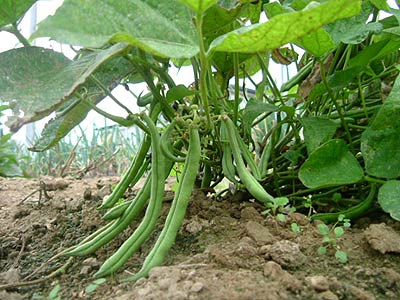 Now, this is what I call huitlacoche!
Now, this is what I call huitlacoche!I've seen lots of cool stuff in our maize research fields, but this is definitely this year's highlight so far! Some of the diversity panel landraces are particularly susceptible to corn smut, but none can hold a candle to our sweet corn varieties. This specimen was wrapped in a husk twice as big as any actual ears.





